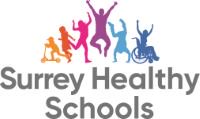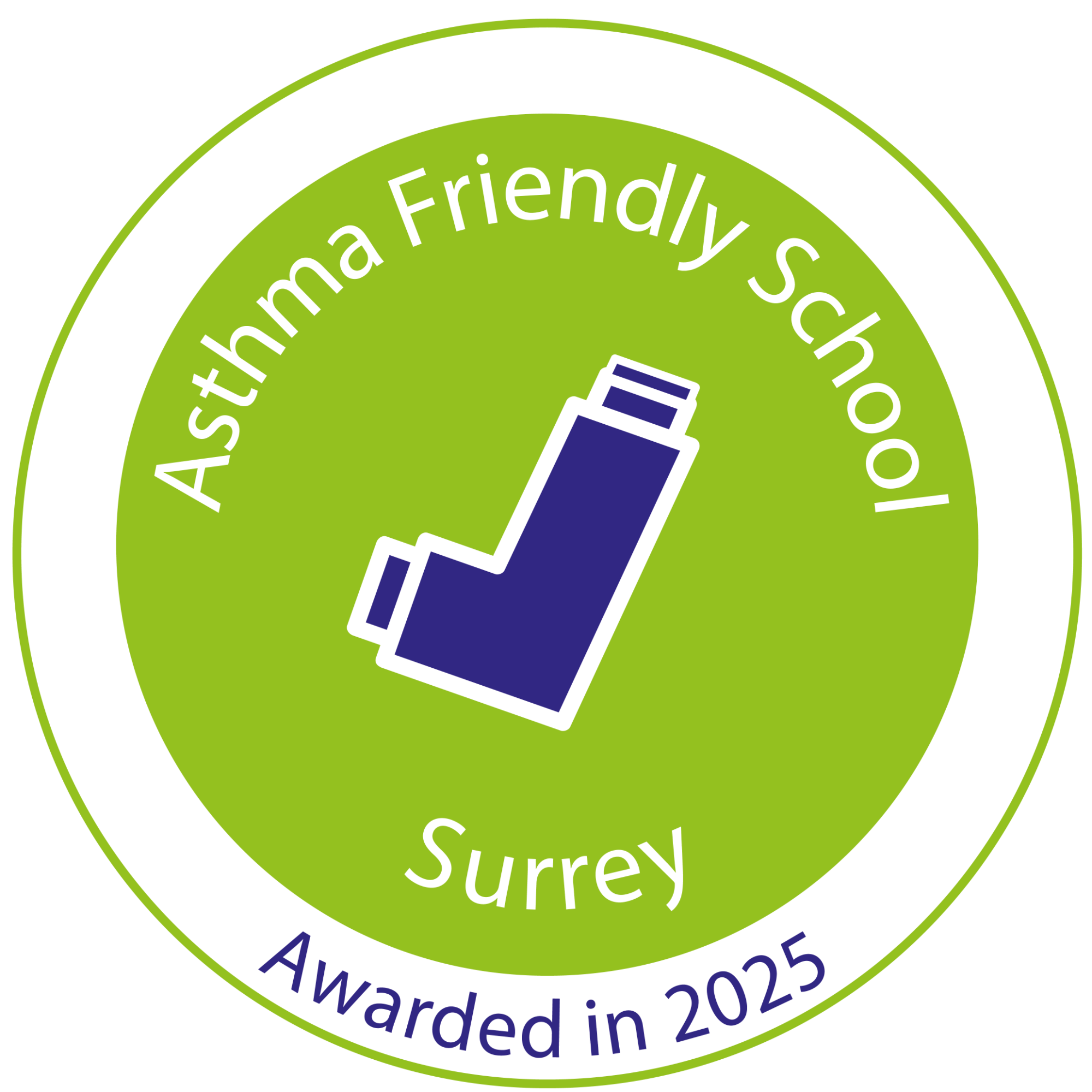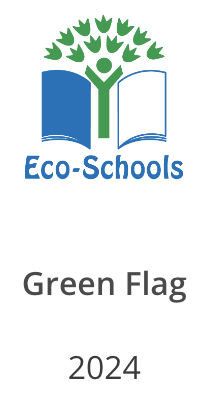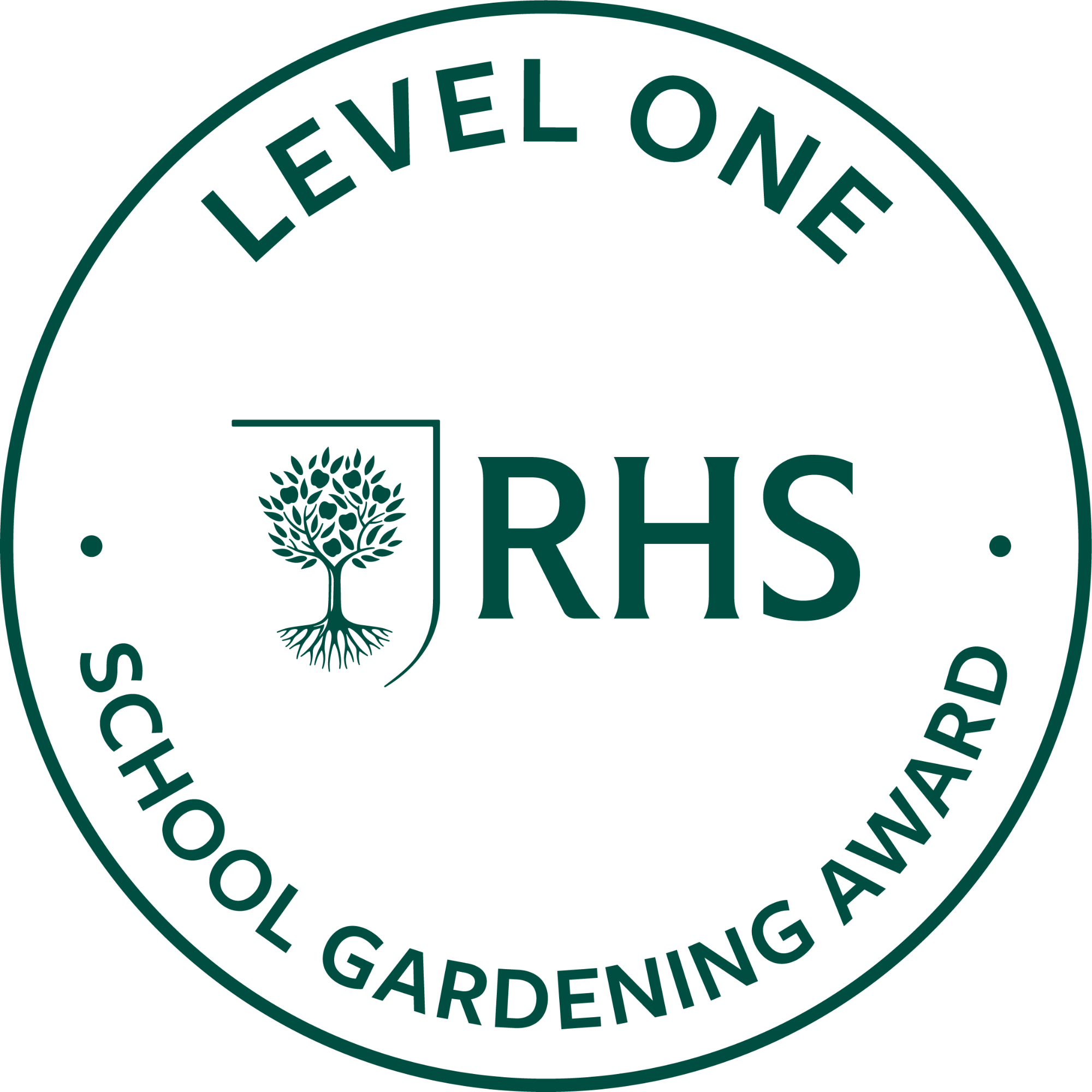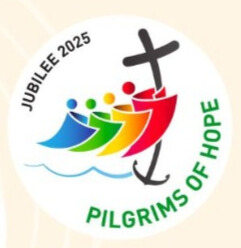Religious Education
Religious Education (RE) is central to our curriculum and school life at St Clement's. We encourage all children to engage with the deepest questions of life and faith.
In line with the stipulation of the Bishop's Conference of England and Wales, the school spends 10% of the teaching week on Religious Education.
Religious Education in Reception, Year 1, Year 2, Year 5 and Year 6
We are using a scheme called 'To know you more clearly’ which is gradually being rolled out across the Primary and Secondary sector. The framework has four structural elements:
Knowledge lenses which indicate what should be known by the end of each age phase. These are split into hear, believe, live and celebrate.
The ‘ways of knowing’ are the skills which develop as the children progress through their curriculum journey. These are split into understand, discern and respond.
Expected outcomes are set for each age phase and indicate what pupils are expected to know, remember and be able to do.
Curriculum branches are the way the programme of study presents its model curriculum. There are six half-term branches for each half-term which are the same in each year group
Autumn 1- Creation and Covenant
Autumn 2- Prophecy and Promise
Spring 1- Galilee to Jerusalem
Spring 2- Desert to Garden
Summer 1- To the ends of the Earth
Summer 2- Dialogue and Encounter
Religious Education in Year 3 and 4
'Come and See' is an invitation to exploration and a promise of life for everyone. The invitation is open to all. In response to the question; ‘where do you live?’ which was asked by the disciples, Jesus invited them to; ‘Come and See.’ (John 1:39) The disciples went with Jesus ‘and spent the rest of that day with him.’
Central to the programme are three basic human questions and the three Christian beliefs that are the Church’s response in faith.
- Where do I come from? Life – Creation
- Who am I? Dignity – Incarnation
- Why am I here? Purpose – Redemption
In Come and See, these big questions are considered in the light of the Scriptures and Tradition of the Church, as expressed in the documents of the Second Vatican Council and the Catechism of the Catholic Church.
Come and See is developed through three themes which are gradually explored each time at greater depths. They are Church, Sacrament and Christian living.
The Catechism of the Catholic Church addresses the human search for meaning, God’s initiative in Revelation who comes to meet us and our response of faith. This pattern guides the structure of the programme and informs the process of each topic, opened up through; Explore, Reveal and Respond.
Explore
The teacher helps the children to begin to look at and focus on the experience within their own lives – concerning themselves, their relationships and their world. In this way, the children are led to a deeper understanding, a clearer vision and the discovery of the significance and value of the experiential events of everyday life.
Reveal
Reveal is the heart of the process. The teacher and the children together discover the Christian understanding of the mystery of the Trinity; Father, Son and Holy Spirit. They explore the mystery of human life as revealed in the person, life and gospel of Jesus Christ. It involves learning about Scripture, the teaching of the Church, prayers, rites, psalms, hymns and other expressions of Christian faith and the lives of outstanding Christians.
Respond
Remember is the first part of this section. The children will respond by remembering and celebrating all that they have learnt.
Rejoice is the second part of the section. There will be the opportunity to plan and take part in a celebration.
Renew. The teacher helps each child to make an individual response, to hold on to and make their own, what they have understood of the topic.
Multifaith Programme
As part of the ‘Come and See’ R.E. programme, all children study, for two weeks of the year, Judaism and Islam. In the new RED (Religious Education Directory), when studying Branch Six: Dialogue and Encounter, children have an opportunity to learn about other faiths as outlined in the Directory. Children of other faiths in the school have the opportunity to share their religion with their peers and all children are able to have an understanding of what life is like for a child of another faith by the time they leave us.
Right to withdraw pupils from all or part of RE
Please click here for guidance on the right of withdrawal from religious education and/or collective worship in schools in England.

